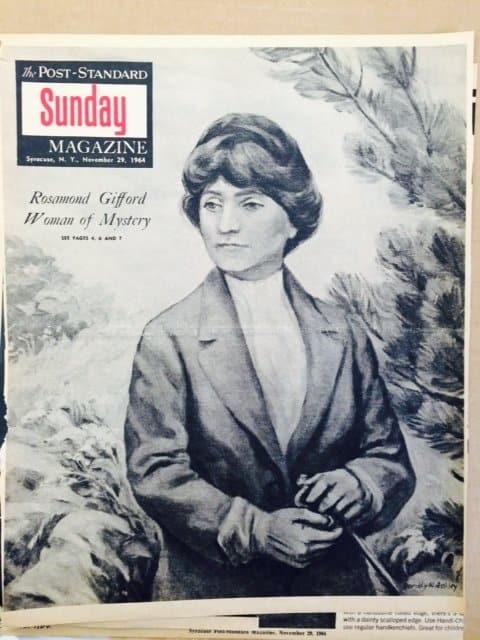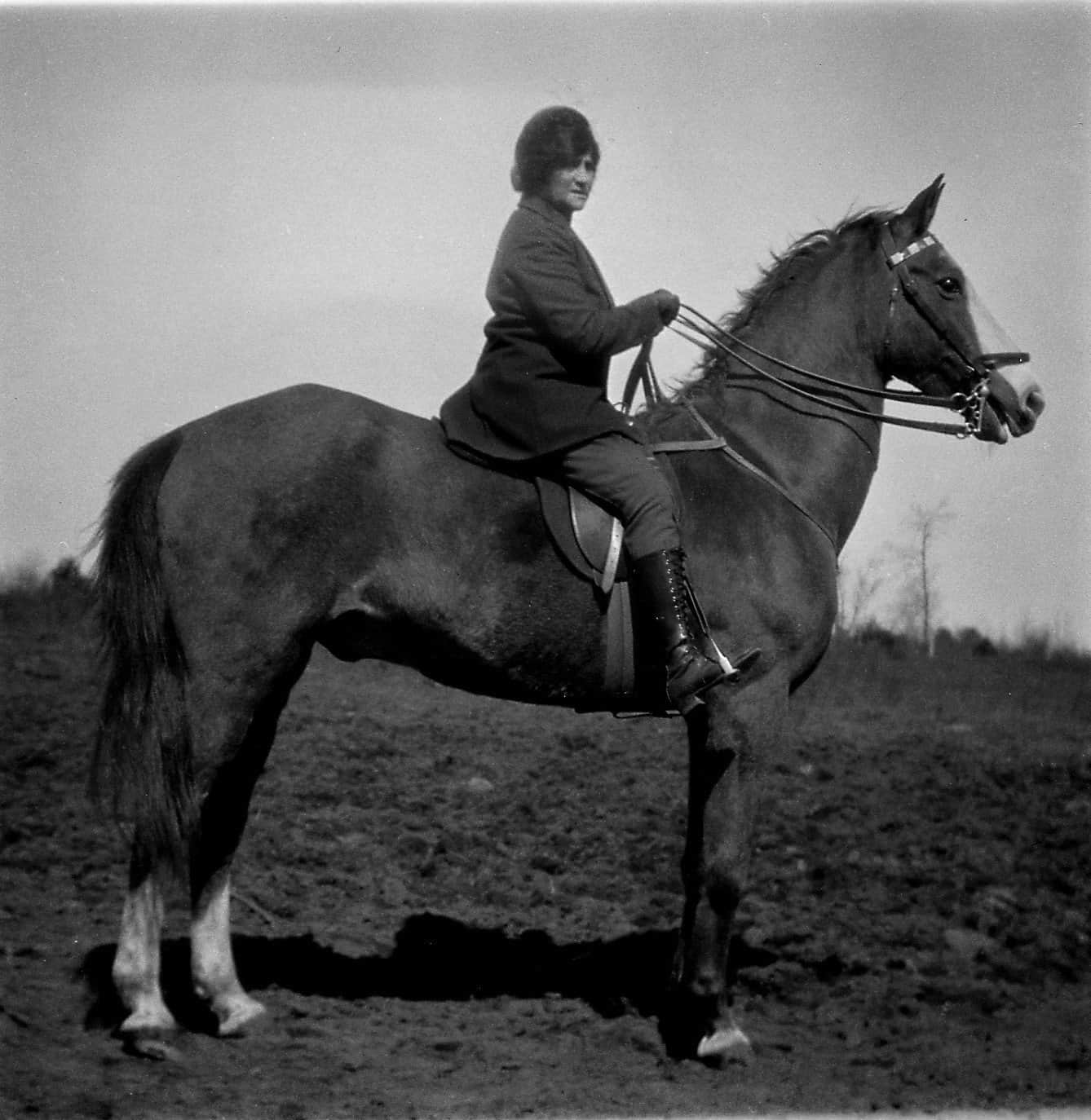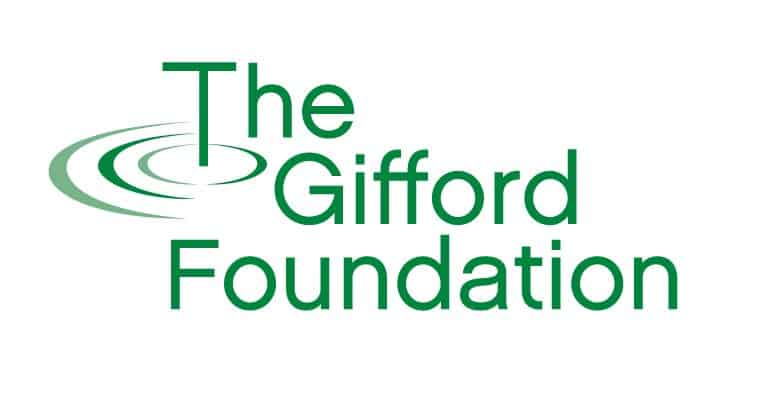Rosamond Gifford was born in 1873, the daughter of Syracuse’s district attorney. After a brief unhappy marriage she took back the Gifford name and moved to Boston to study and teach the harp. She returned to Syracuse permanently in 1913 to care for her father in his fading years. In 1929 she moved to a farm on Oneida Lake, spending her remaining years in relative seclusion and only occasionally coming to Syracuse to visit her advisors.

It was these gentlemen who helped Rosamond establish a private foundation endowed upon her death in 1953: the Rosamond Gifford Charitable Corporation, now commonly known as The Gifford Foundation. Rosamond’s will contained no specific instructions as to grantmaking goals, identifying “religious, educational, scientific, charitable or benevolent uses.”
Rosamond Gifford’s willingness to be general rather than specific has given great flexibility to the board of trustees. The original $5 million bequest has grown to its current level of more than $20 million. Since its inception in 1954 the Foundation has awarded over $44 million in grants to nonprofits in Onondaga, Oswego and Madison Counties.
Some of the notable gifts include a 1955 gift to launch the School of Social Work at Syracuse University and a 1956 gift to fund the first conductor of the Syracuse Symphony Orchestra. Gifford grants launched the Interreligious Council (now Interfaith Works) and launched and supported Consolidated Industries. The Gifford Foundation was the single largest contributor to the Everson Museum Building Campaign and the Sculpture Court and spiral staircase are dedicated to Wink Berman (the Foundation’s first executive director) and Rosamond Gifford, respectively. Wink Berman conceived of the Gifford Scholarship Program, which paid the full cost of college education for 184 individuals in the period from 1957 through 1980.
In the period from 1973 through 2000, the Gifford Foundation provided a wider array of community grants, many of which were for equipment, capital items, computer systems, ambulances, and capital projects, both major and minor, as well as support of cultural programs and human services programs through grants to the United Way and other human services programs. In 1995 the Foundation launched the Rosamond Gifford Lecture Series and Gifford renewed its emphasis on cooperation among both local funders and local hospitals. A $2 million gift in 1999 funded an educational endowment at the newly renamed Rosamond Gifford Zoo.

The irony of dying on tax day would not have been lost on a woman who regularly made her tax checks payable to the “Infernal” Revenue Service.
In 2000, and gradually since, the Foundation began a shift in grantmaking strategies. This includes a more proactive approach, smaller grants to more grass-roots organizations, and extensive outreach in the community. We became dedicated to addressing causes and sources of community issues rather than just the symptoms – in short, in building the capacity of the community as well as its organizations.
Between 2004 and 2010 the Foundation was heavily involved as an embedded funder in the Southside and Near Westside of Syracuse. The work, involving significant financial and staff resources, was not sustainable in the long run but the Foundation remains committed to community engagement. In 2011 the Foundation established “What If…” mini grants, small (under $5,000) grants to city of Syracuse resident associations and grassroots groups.
The board of the Foundation decided in 2007 to re-direct their regular community funds towards building of organizational capacity, with the goal of having durable impact and stability. This involved not only a change in outlook and process, but a need to identify a model and common language for all nonprofits to work with as they assessed their capacity needs. This model was found in the work of Dr. Susan Kenny Stevens’ Nonprofit Lifecycles: Stage Based Wisdom for Nonprofit Capacity.
With this approach in hand and Dr. Stevens’ guidance, the staff and board developed ADVANS, or Advancing the Value and Assets of Nonprofits in Syracuse. By 2019, 34 organizations from Onondaga, Oswego, Cayuga and Madison Counties will have completed this intensive program; over $3.9 million will have been dedicated to ADVANS from 2007 through 2019. All community grantmaking now focuses primarily on capacity building.
Since 2007, the Foundation has become known in the community for its initiatives, community engagement and convening skills. The board feels strongly that the staff is as important a resource as our grant funds, and as such we have a highly skilled, highly engaged group that spends as much time out of the office, meeting with organizations, coalitions and neighborhood residents, as it does reviewing proposals.
Stay in touch
We have a lot of stuff in the works - don't be the last to know.


